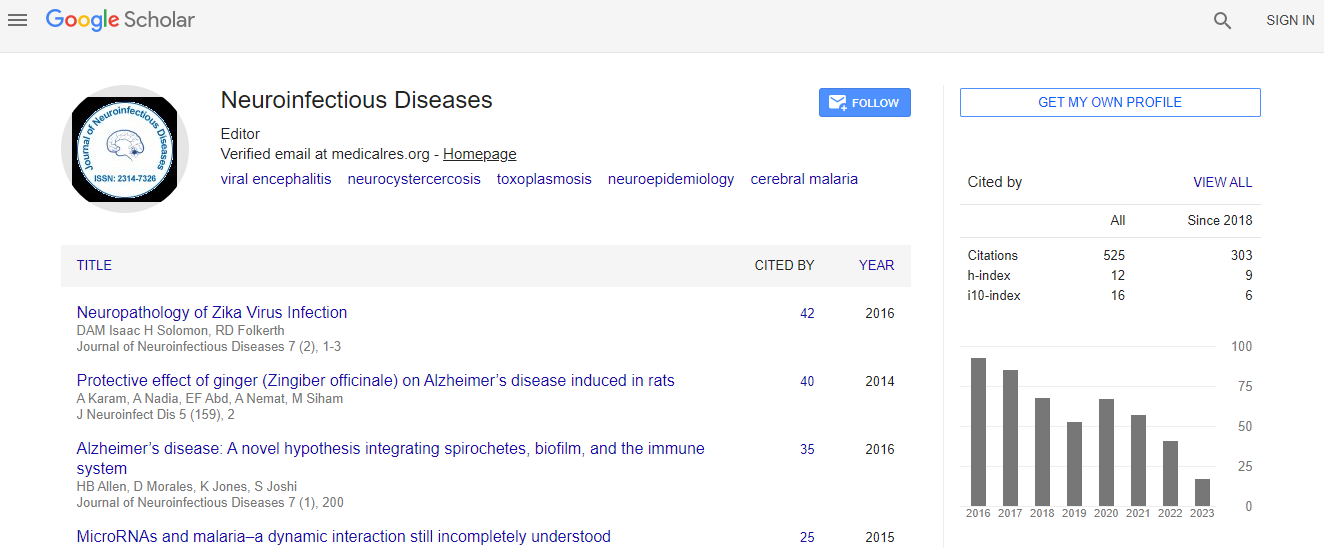Research Article
Experimental Models of Microvascular Immunopathology: The Example ofCerebral Malaria
Fatima El-Assaad2, Valery Combes2 and Georges ER Grau1*
1Professor Chair of Vascular Immunology, Department of Pathology, Sydney Medical School, The University of Sydney, Address: Medical Foundation Building (K25)Room 208, 92 - 94 Parramatta Rd, Sydney, NSW, 2006, Australia
2Vascular Immunology Unit, Department of Pathology, Sydney Medical School, Medical Foundation Building, The University of Sydney Level 2, Room 20892-94 Parramatta Rd, Sydney, NSW, 2006, Australia
- *Corresponding Author:
- Georges E. R. Grau
Professor Chair of Vascular Immunology, Department of Pathology, Sydney Medical School
The University of Sydney, NSW, 2006, Australia
Medical Foundation Building (K25)Room 208, 92 - 94 Parramatta Rd
Sydney, NSW, 2006, Australia
Tel: +61 2 9036 3260
Fax: +61 2 9036 3177
E-mail: georges.grau@sydney.edu.au
Received date: April 21, 2013; Accepted date: July 14, 2013; Published date: January 06, 2014
Citation: El-Assaad F, Combes V, Grau GER (2014) Experimental Models of Microvascular Immunopathology: The Example of Cerebral Malaria. J Neuroinfect Dis 5: 134. doi: 10.4172/2314-7326.1000134
Copyright: © 2013 El-Assaad F, et al. This is an open-access article distributed under the terms of the Creative Commons Attribution License, which permits unrestricted use, distribution, and reproduction in any medium, provided the original author and source are credited.
Abstract
Human cerebral is a severe and often lethal complication of Plasmodium falciparum infection. Complex host and parasite interactions should the precise mechanisms involved in the onset of this neuropathology. Adhesion of parasitised red cells and host cells to endothelial cells lead to profound endothelial alterations that trigger immunopathological changes, varying degrees of brain oedema and can compromise cerebral blood flow, cause cranial nerve dysfunction and hypoxia. Study of the cerebral pathology in human patients is limited to clinical and genetic field studies in endemic areas, thus cerebral malaria (CM) research relies heavily on experimental models. The availability of malaria models allows study from the inoculation of Plasmodium to the onset of disease and permit invasive experiments. Here, we discuss some aspects of our current understanding of CM, the experimental models available and some important recent findings extrapolated from these models.

